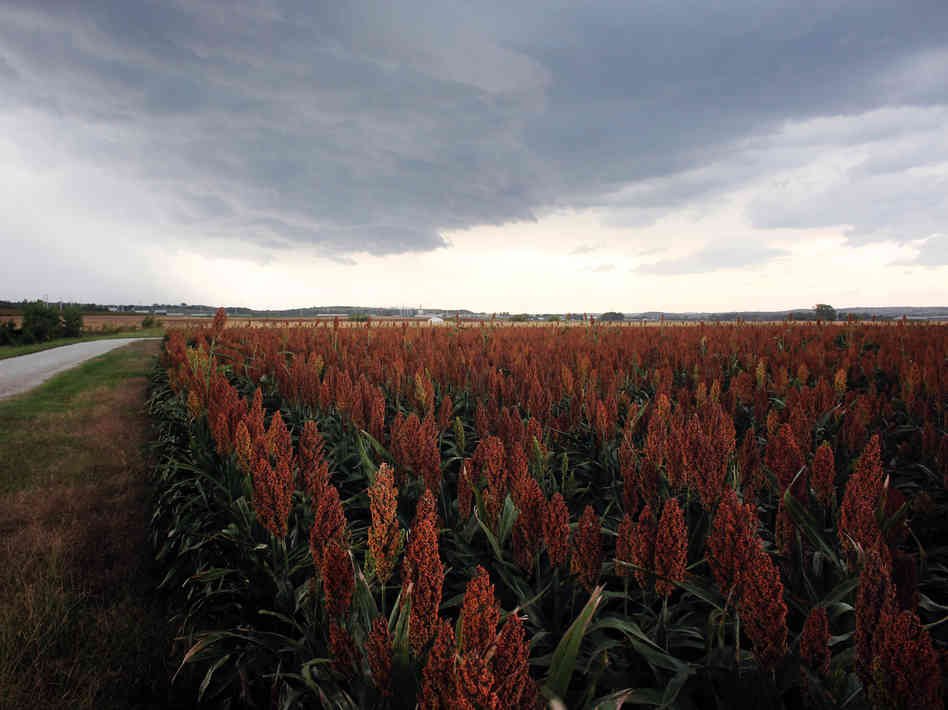Much of the world is turning hotter and dryer these days, and it’s opening new doors for a water-saving cereal that’s been called “the camel of crops”: sorghum. In an odd twist, this old-fashioned crop even seems to be catching on among consumers who are looking for “ancient grains” that have been relatively untouched by modern agriculture.
Sorghum isn’t nearly as famous as the big three of global agriculture: corn, rice and wheat. But maybe it should be. It’s a plant for tough times, and tough places.
Sorghum “originated in the northeastern quadrant of Africa,” explains Gebisa Ejeta, a plant scientist from Ethiopia and professor at Purdue University. From there, it spread across Africa, India and even into China. “It’s got a lot of characteristics that make it a favorite crop for the drylands of Africa and the semi-arid tropics.”
It’s an essential source of food in those regions, but it’s not typically a big money crop. In Africa, it’s grown by subsistence farmers. It’s never gotten much attention from seed companies or investors.
But it is nutritious. It can grow in soils that other plants won’t tolerate. Above all, it doesn’t need much water. Compared with corn, for instance, it needs one-third less water, and it doesn’t give up and wilt when rains don’t come on time. It waits for moisture to arrive.
Read more: Heat, Drought Draw Farmers Back To Sorghum, The ‘Camel Of Crops’ : The Salt : NPR.


